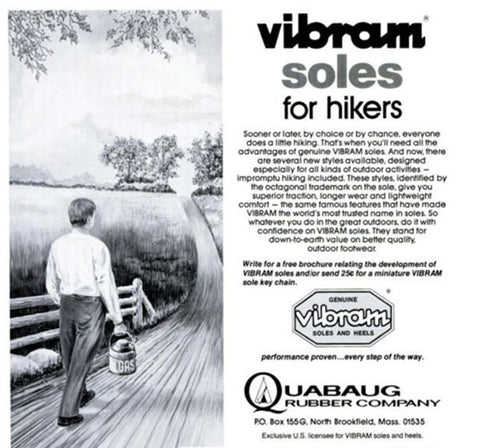Please allow 12 working days to process before shipping
Brown Unstructured Hat
Buckled Closer - 100% Bio-washed Chino Twill
A seminal figure in the history of performance art, Eleanor Antin is one of the most prolific artists of the last three decades, moving freely in many forms of media, including live and installation art, independent film, photography, video, drawing, painting and writing. Beginning as a Conceptual artist in the 1960s, Antin has played a formative role in the expansion of feminist art using non-traditional narrative forms, such as biography, autobiography and alter-egos, or personas. Antin’s nomadic relation to these differing kinds of media has enabled her to explore the true issues and ideas which primarily engage her: explorations of self, gender, race, culture and Jewish identity.


Born in the Bronx, New York in 1935, Eleanor Fineman entered a world of leftist, Russian, Polish, Jewish intelligentsia, with a great love for Yiddish culture. Her parents had emigrated in the 1930s from Rush, a tiny town in Poland. Her father, Sol Fineman, was a socialist and atheist who worked in the garment industry in New York. Her mother, Jeanette Efron, a former actress in the Yiddish theater in Poland, and a communist in love with Russia, was a creative business woman and entrepreneur, who called herself Jeanette Fineman until they divorced.


Antin received her degree in creative writing and art in 1958 from City College of New York where she also met David Antin. David was a poet and writer who later became known in the art world as a critic. They married in 1961 and in 1968 they moved from New York to Southern California with their son Blaise, where David had been offered a faculty position teaching critical studies at the University of California in San Diego.

“Conceptual art was opening up the possibility to cross mediums, cross genres, cross boundaries all over the place, to do something intelligent and fun, amusing, startling,” Antin recalls. In 1971 Antin devised 100 Boots, generally considered her best-known Conceptual work, a visual epic narrative created because she wanted an artwork that lasted longer than the usual few weeks on exhibit in a New York gallery. She created a “mailwork,” using a mock picaresque novel in serial form (like Charles Dickens), which required a “hero,” who turned out to be one hundred black rubber gum boots, whom Antin refers to as “him” and “his” adventures.


The 100 Boots were photographed by Philip Steinmetz as they traveled from California to New York, where their journey was presented in the summer of 1973 at the Museum of Modern Art as an exhibition of fifty-one black-and-white postcards mailed to one thousand art critics and other recipients around the world. Antin’s strikingly original concept completely bypasses the traditional gallery system of art distribution by using the postal system as a means of distribution. She is the first Conceptual artist to combine serial imagery and a fictional narrative content within a long-term art event spanning two and a half years.

VIBRAM
Back in 1935, Vibram Founder Vitale Bramani lost 6 comrades on an Italian Alps hiking expedition, and the unfortunate incident was partially blamed on improper footwear. The tragedy drove Bramani to develop a new climbing sole. Two years later, he patented the "Carrarmato" outsole, meaning "tank tread", it was the first sole ever created with rubber lug soles and was initially developed in partnership with Pirelli Tires.

The sole was designed to provide excellent traction on the widest range of surfaces, have a high degree of abrasion resistance, and was made using the latest vulcanized rubber of the time. In 1954, the first successful ascent to the summit of K2 was made by an Italian expedition, wearing Vibram rubber on their soles.



